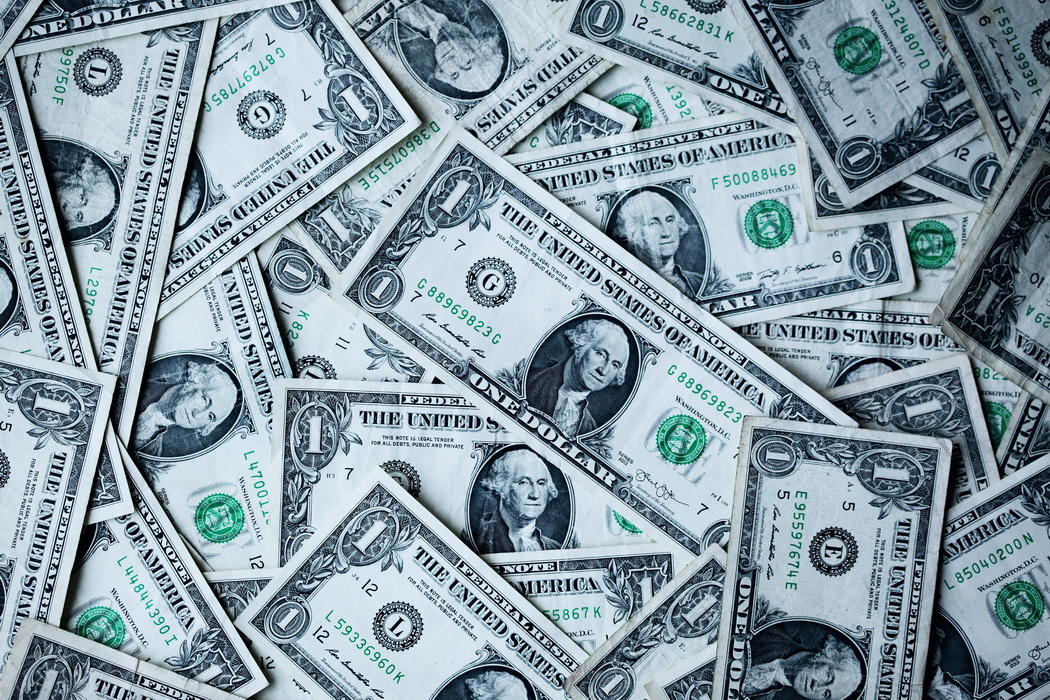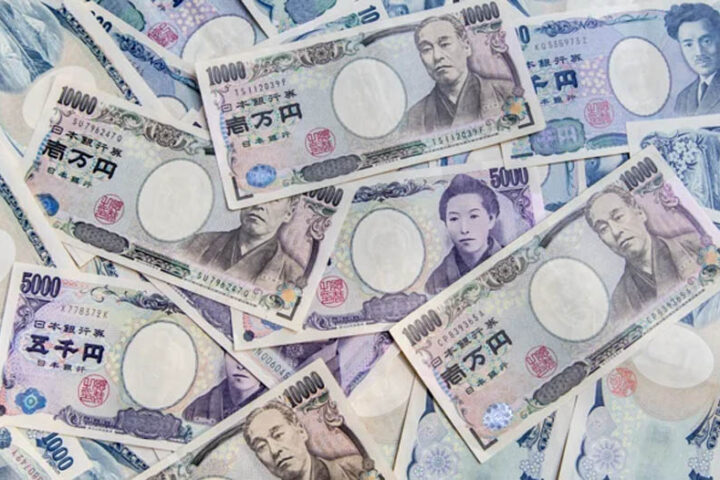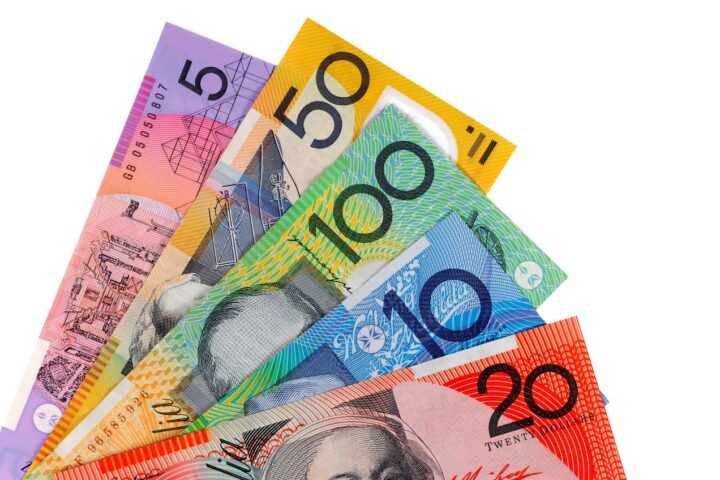The Euro-dollar currency pair is trading in the lower 1.0600s on Friday, after recovering slightly from an early bout of weakness. News reports of an escalation in the Middle East conflict had prompted a flight to the safe-haven USD, with a resulting decline in EURUSD.
Overnight, reports of explosions in the Iranian city of Isfahan, which houses a military barracks, according to Reuters, suggested Israel has retaliated against Iran for its April 13 drone attack. The escalation had a direct impact on markets, with demand for safe-havens assets – Gold, CHF, JPY and USD – ratcheting up.
The Euro fell back down to 1.0610 dollars on the news, close to the 1.0601 year-to-date low seen on April 16. Since then, the exchange rate has recovered a bit, and is currently trading in the 1.0630s.
EURUSD pressured by ECB comments
EURUSD started Thursday bullishly after European Central Bank President Christine Lagarde stated that, “the game (of fighting inflation) is not over,” suggesting perhaps some doubt as to whether it was time to start cutting interest rates.
Given the maintenance of higher interest rates is positive for a currency, since it attracts greater inflows of foreign capital, the Euro strengthened following her remarks.
EUR/USD reversed course after touching technical resistance just shy of 1.0700 and resumed its short-term downtrend as a roll-call of other ECB officials expressed the opposite view, i.e that cutting interest rates was necessary if not overdue.
The President of the Banque de France and ECB governing council member François Villeroy de Galhau, for example, stated that a cut to borrowing costs was due, and delaying could be detrimental to growth, placing the ECB “behind the curve”.
Vice-President of the ECB Luis de Guindos was more tempered, saying the central bank would reduce rates if the data evolved as expected.
ECB governing council member Joachim Nagel said a June rate cut appeared increasingly likely, although certain inflation data remained higher than expected.
Fed members’ hawkish line
EURUSD’s reversal lower on Thursday gained momentum after the release of the Philadelphia Fed Manufacturing Survey’s Index Prices Paid component – a regional inflation metric – shot up unexpectedly to 23.00 (prior 3.7), suggesting price pressures remain alive and kicking.
Flat Initial Jobless Claims further reinforced the view that the US labour market is likely to continue to be a source of inflation.
Commentary from Federal Reserve rate-setters suggested a shift to an increasingly hawkish stance (meaning in favour of high interest rates for longer).
Atlanta Fed President Raphael Bostic said US inflation is returning to the Fed’s 2.0% target at a slower pace than many had anticipated, adding he’d be comfortable being patient, and that interest rate cuts are likely – but not until year-end.
New York Fed President John Williams went further, saying he didn’t feel an urgency to cut interest rates and that monetary policy is in a good place.
(Source: OANDA)








